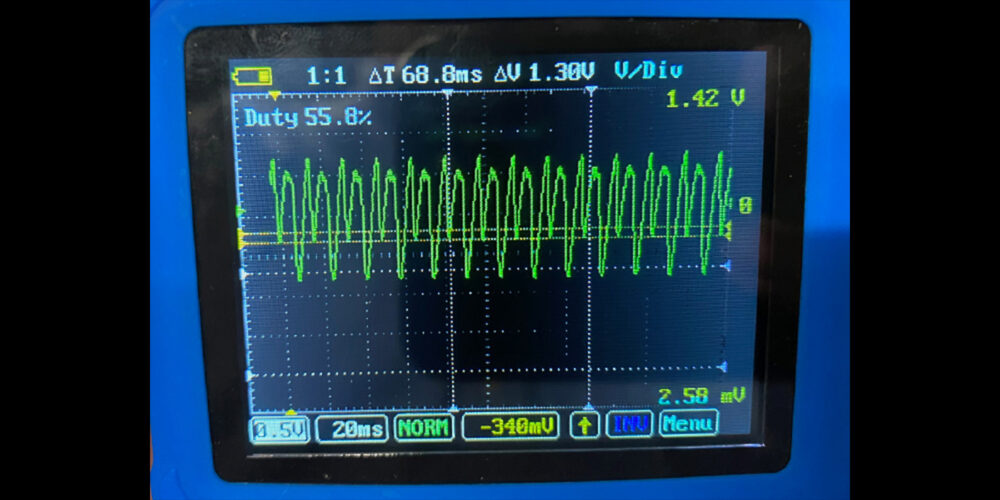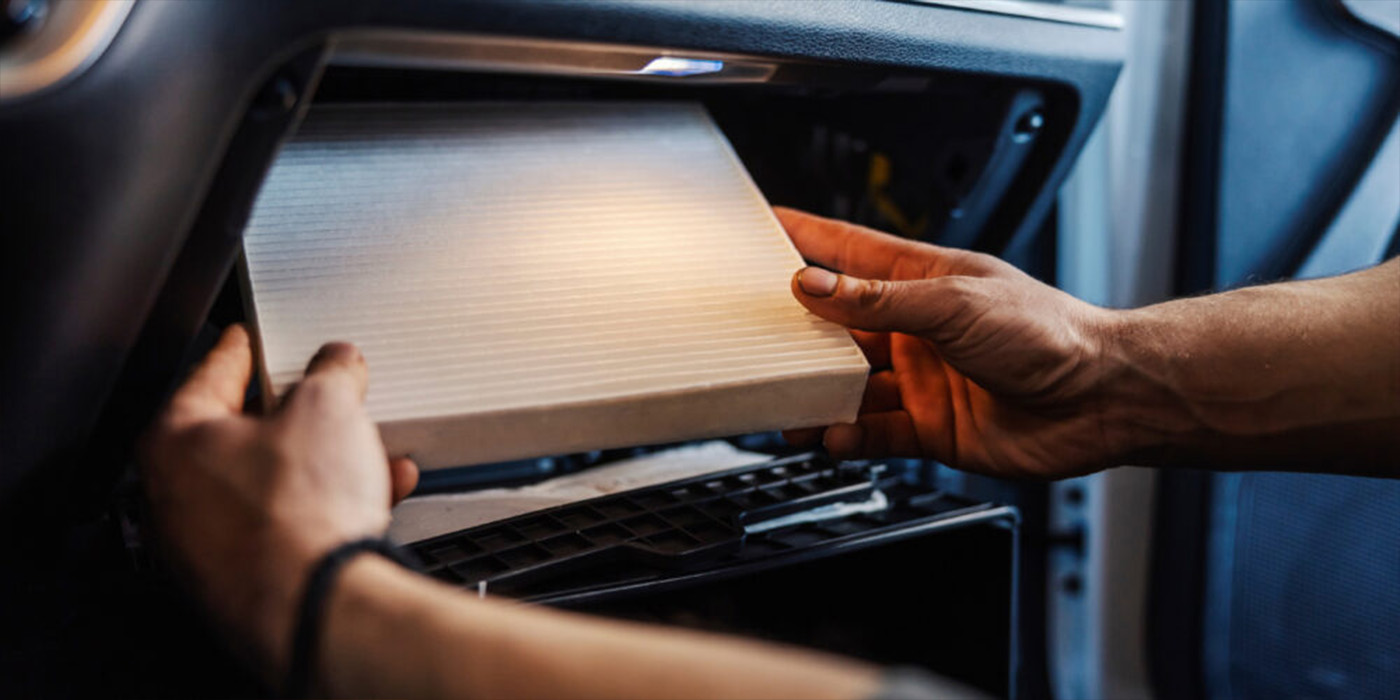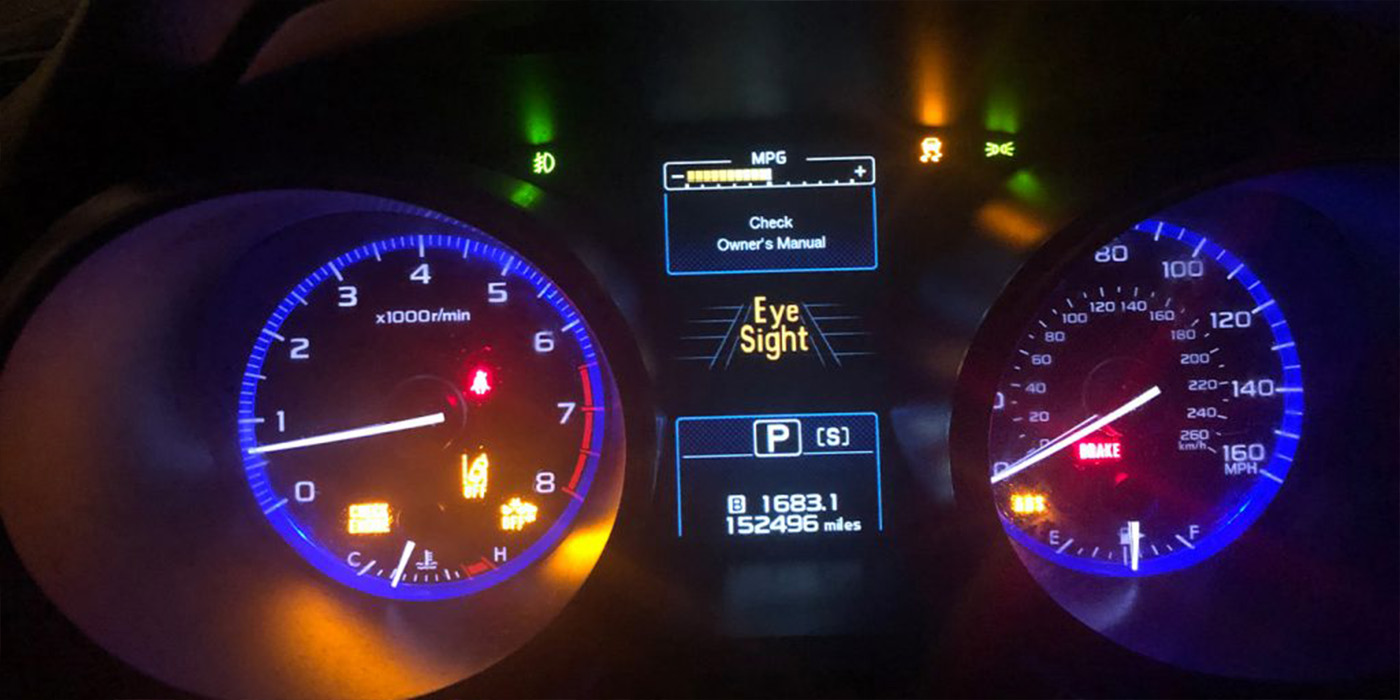By John Volz
Co-owner
Volz Bros. Auto Service
As I began to review the profit and loss statements from last month, I was reminded of something I learned long ago. Financial data, although very useful, is just a snapshot of the past or history. Whether applied to our business or our daily lives, we can either use this data to improve or make corrections that will change our financial future, or repeat history and continue with the same results.
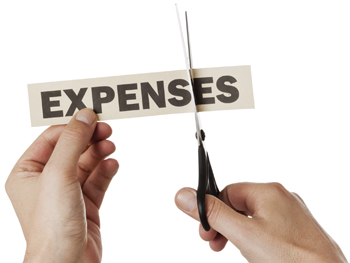
I’ve seen so many shop owners over the years have the right tools for repairing vehicles, and they attend training to improve their technical skills, but when it comes to shop management, they look at the financials as if they were a foreign language. Taking control of some of the numbers can really affect the bottom line.
Breaking the Mold
In general, I think we’re all creatures of habit; we do certain things because they’ve become patterns. So while change may not always be easy, it’s necessary for a healthy business. I like to really dissect my fixed costs on an annual basis, in an attempt to make changes that will add dollars to the bottom line. For example, this past year, we changed carriers for both worker’s comp and liability insurance with a savings of almost $6,000.
For another example, we’ve been with the same credit card processing company for 10 years and, upon reviewing the costs, I’m in the process of switching to a company that should save us about $350 per month.
We also changed vendors on some of our shop supplies. We had been paying $23 per gallon for a specific product, and, by switching vendors, we are now buying a similar product for under $10 per gallon. With usage quantities in the five-to seven gallon per week range, this has resulted in a savings of more than $4,000 per year. Any time I can put $6,000 or $4,000 to the bottom line without repairing one more vehicle, I’m all for that!
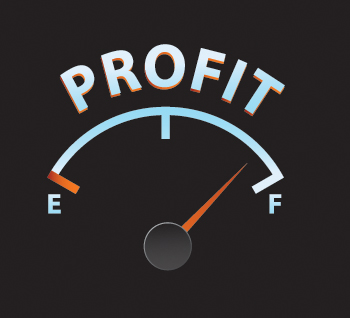
These are just a few examples of ways to put more dollars to the bottom line without selling anything extra. They are “hidden” dollars that I would rather see on my bottom line than on someone else’s. With the daily challenges we all face with just trying to repair cars, we sometimes overlook these easy dollars.
Re-Evaluate Your Gross Profit Percentage
Another area most shop owners let fall between the cracks is gross profit on parts. Gross profit is the difference between revenue and the cost of the part before overhead. Here’s my philosophy on gross profits:
– Lower prices do not always equate to increased sales in the auto repair business; and
– Any sales resulting from lower prices will require you to sell more to maintain the same level of profitability.
Generally speaking, if you raised your gross profit on parts sales by 1%, it would require a 4% increase in sales to realize the same gain. Increasing sales is always a desirable scenario, but, in reality, we have more control over our pricing than we do over sales or potential sales. People who buy from you solely due to pricing are not genuine customers; they belong to whoever has the lowest prices in the marketplace.
So, don’t sell yourself short on gross profit. Maintaining a successful business requires exceeding the expectations of your clients, and this means going the extra mile. It might mean taking care of something that is beyond the warranty period because it’s the right thing to do.
Having a profitable business allows you to do what’s best for your clients. And, building long-term relationships with your customers by exceeding their expectations will help your bottom line.
I have two rules in business. Rule #1 is: Take care of the customer. Rule #2 is: Make money, and, when in doubt, refer to Rule #1. It’s our responsibility as business owners to run a profitable business in order to provide the level of service our customers expect.
Know your target gross profit percentage and work diligently to achieve your goal. There are many different thoughts on what gross profit shop owners should target, so you need to come up with a number you are comfortable with. Generally, 40-50% gross profit is in the ballpark. Gross profit is an important component of your shop’s makeup, so don’t leave dollars on the table that your shop needs to be financially successful.
John Volz is co-owner of Volz Bros. Auto Service in Grass Valley, CA. The 38-year industry veteran goes to great lengths to put customers first and takes pride in offering environmentally conscious auto service, which he’s done since the day he opened the shop in 1982. Volz Bros. specializes in Subaru (the shop’s primary specialty), Toyota, Honda, Lexus and Acura.





